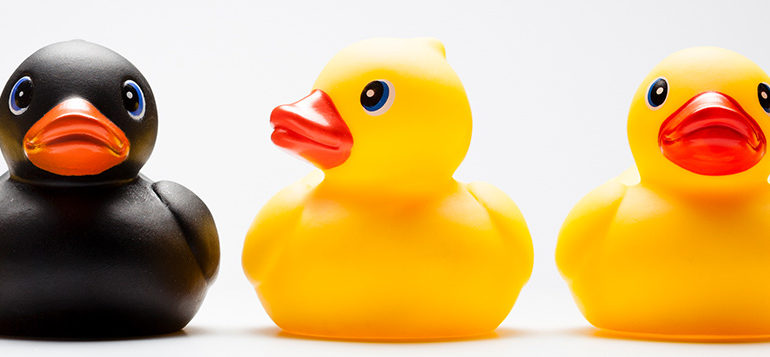For a good two years now, the pilot phase of the MDSAP has been over and the program is quite official. Since January 1, 2019, market access for medical devices in Canada is only possible after a successful MDSAP audit. What lessons have the seleon RA team and its customers learned in the first two years? We give you an insight:
MDSAP, what was that again?
The Medical Device Single Audit Program of the International Medical Device Regulators Forum (IMDRF) – MDSAP for short – regulates joint audits according to the QM requirements of (currently) the USA, Canada, Brazil, Japan and Australia. These are not carried out by the authorities of the respective countries, but by selected recognized notified bodies.
What are the parallels and differences to the regular EN ISO 13485 audit?
First of all, it should be noted that the MDSAP cannot replace your regular QM audit according to EN ISO 13485, as Europe does not participate in the MDSAP. However, the basic requirements of the MDSAP audit are the same as those of EN ISO 13485, plus the specific QM requirements of the participating countries. This means that if you have a QM system that covers the requirements of all participants, then you have already done a large part of the work. However, if your QM system only covers parts of the country requirements or does not cover all requirements correctly, you will need to address the processes for a successful MDSAP audit. It is important to know that the audit is basically process-oriented and does not work along the standard chapters. The more process-oriented your QM system is, the more advantageous it is for you and your company.
However, this does not guarantee a successful audit. Your MDSAP audit will be carried out along the established processes using an example. And what if you only have legacy products from before MDSAP was implemented? Then that’s not relevant to the process-oriented approach. In the event, your older medical devices will be tested against your processes at the time and the core principles of the MDSAP. So it’s worth doing a GAP analysis in advance, bringing your documentation up to date, and re-familiarizing yourself with the old processes as well as the new ones.
What insights have seleon’s regulatory affairs team and others gained in the first two years of the pilot phase?
Auditing is done along a medical device. Selection criteria for this seem to be the largest intersection of participating countries, the risk class and conspicuousness regarding feedback from the market. Thus, a new product developed according to a “new process” will not necessarily be selected, but rather a potentially risky long-distance runner that is already available in all countries. Should you only have a very small product portfolio, the criteria for selection look different again.
Process-oriented auditing may uncover non-conformities that have not shown up in previous audits according to ISO 13485 or other QM requirements. The time required is also greater and the audit of implementation more in-depth. If deviations occur, they are mostly related to the fundamentals of ISO 13485 and less to the MDSAP-specific ones.
Care should also be taken to ensure that the requirements of all participating countries in which your medical devices are already on the market are implemented and not just those of a (newly) desired target country. For example, for Canada, an MDSAP audit is mandatory and the CMDCAS process has been discontinued. Deviations from MDSAP audits can quickly become reportable to the respective authorities. This means that even if a deviation only affects one specific country, all five participating countries will still be notified. And this can then quickly become painful for the audited company. After all, no one likes to be the focus of an approval or monitoring authority.
To prevent this from happening, it is advisable to follow the MDSAP guide when adapting your QM system and to cross-check compliance. The requirements and regulations of the MDSAP participating countries must already be implemented and checked at the time of the last internal audit before the MDSAP audit. Kill two birds with one stone!
Would you like to familiarize yourself with the MDSAP?
Take a look at the guidance documents and other relevant announcements:
General information on the current status and further development of the MDSAP.
MDSAP Auditing Organizations
MDSAP guidance documents on the FDA homepage
MDSAP information from Health Canada
Too much paper at once?
Companies, such as seleon GmbH, specialize in quality management and regulatory affairs for medical devices. You will receive advice and support in the implementation of the requirements according to MDSAP as well as in the context of mock audits.
Please note that all details and listings do not claim to be complete, are without guarantee and are for information purposes only.




